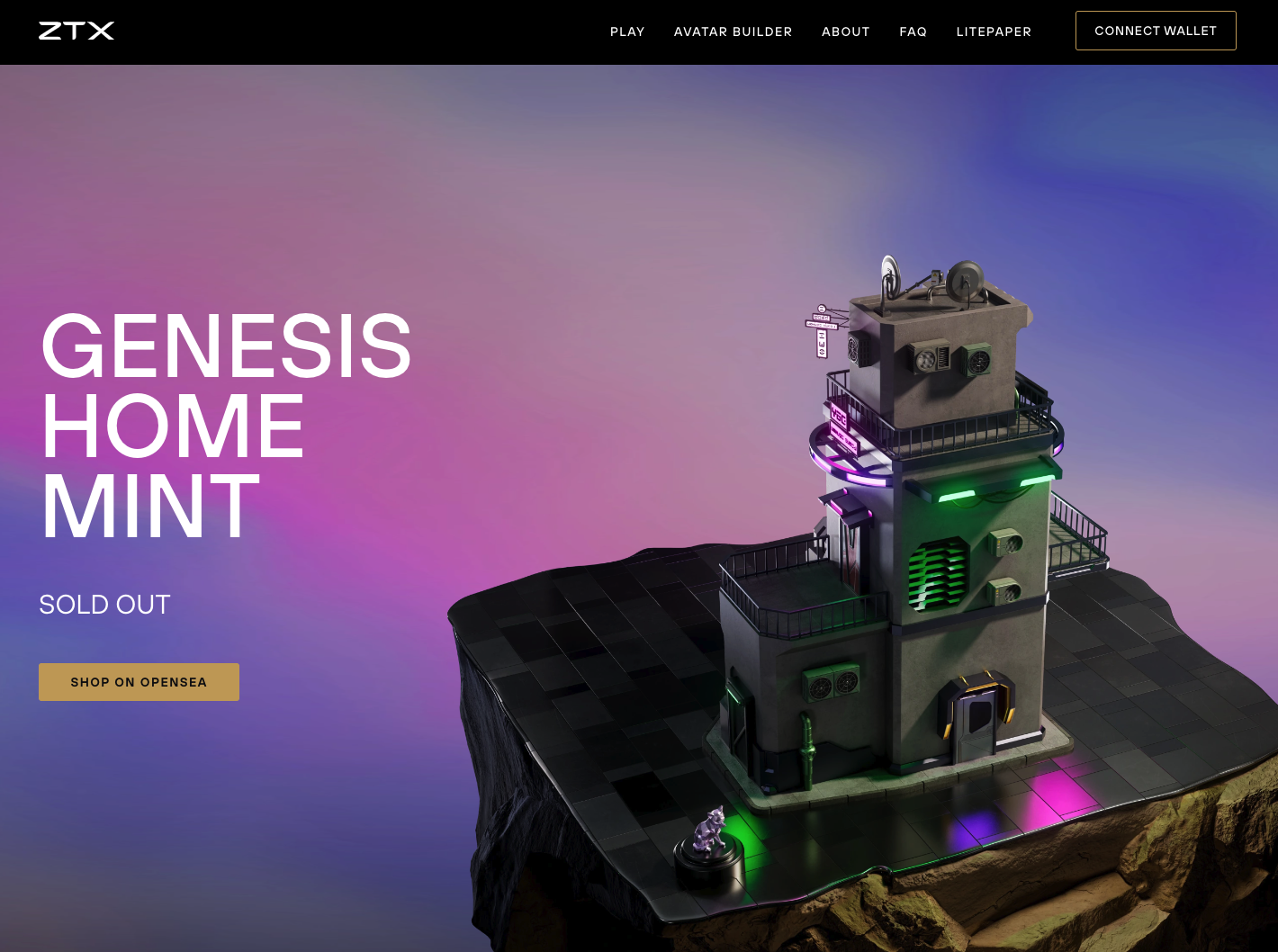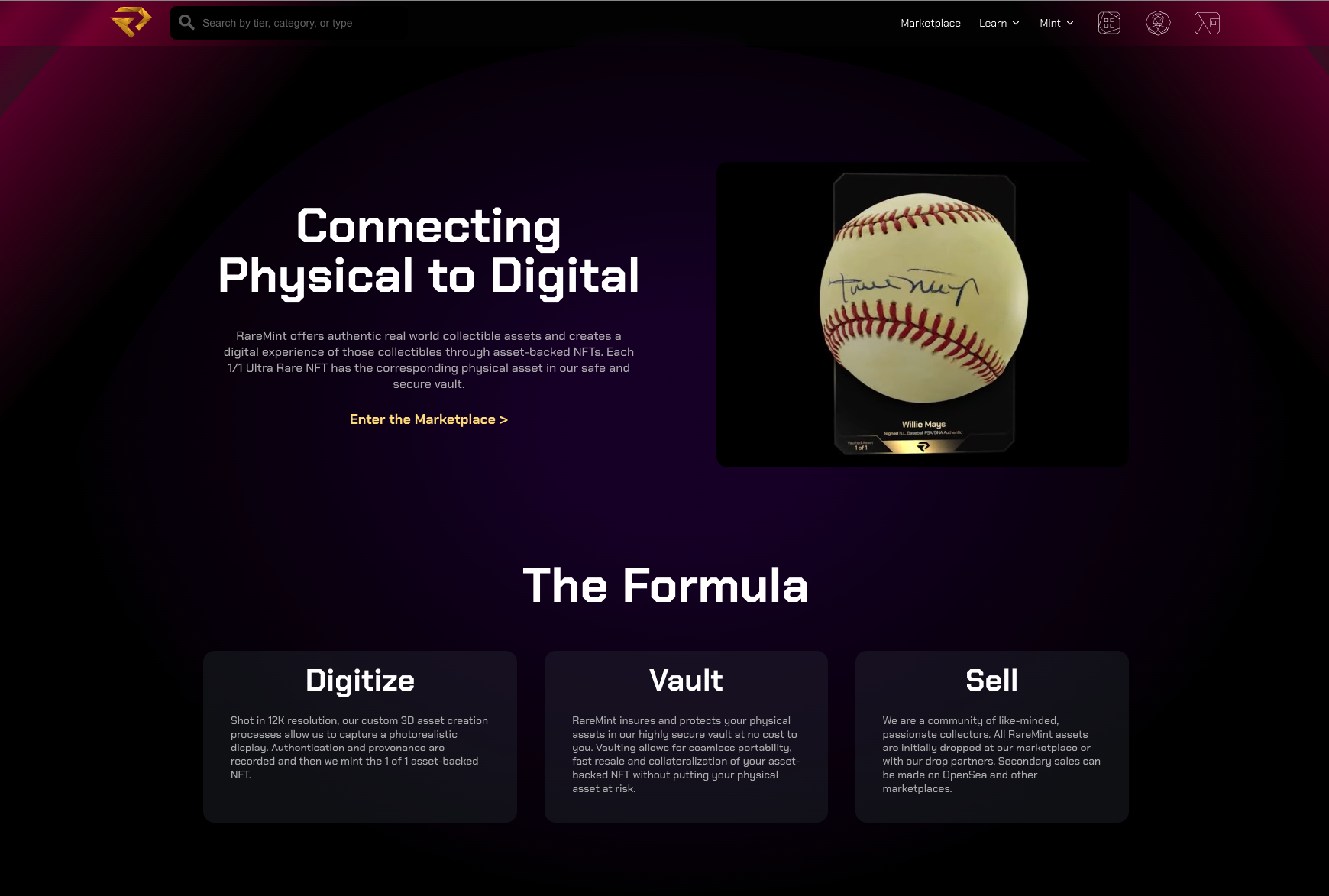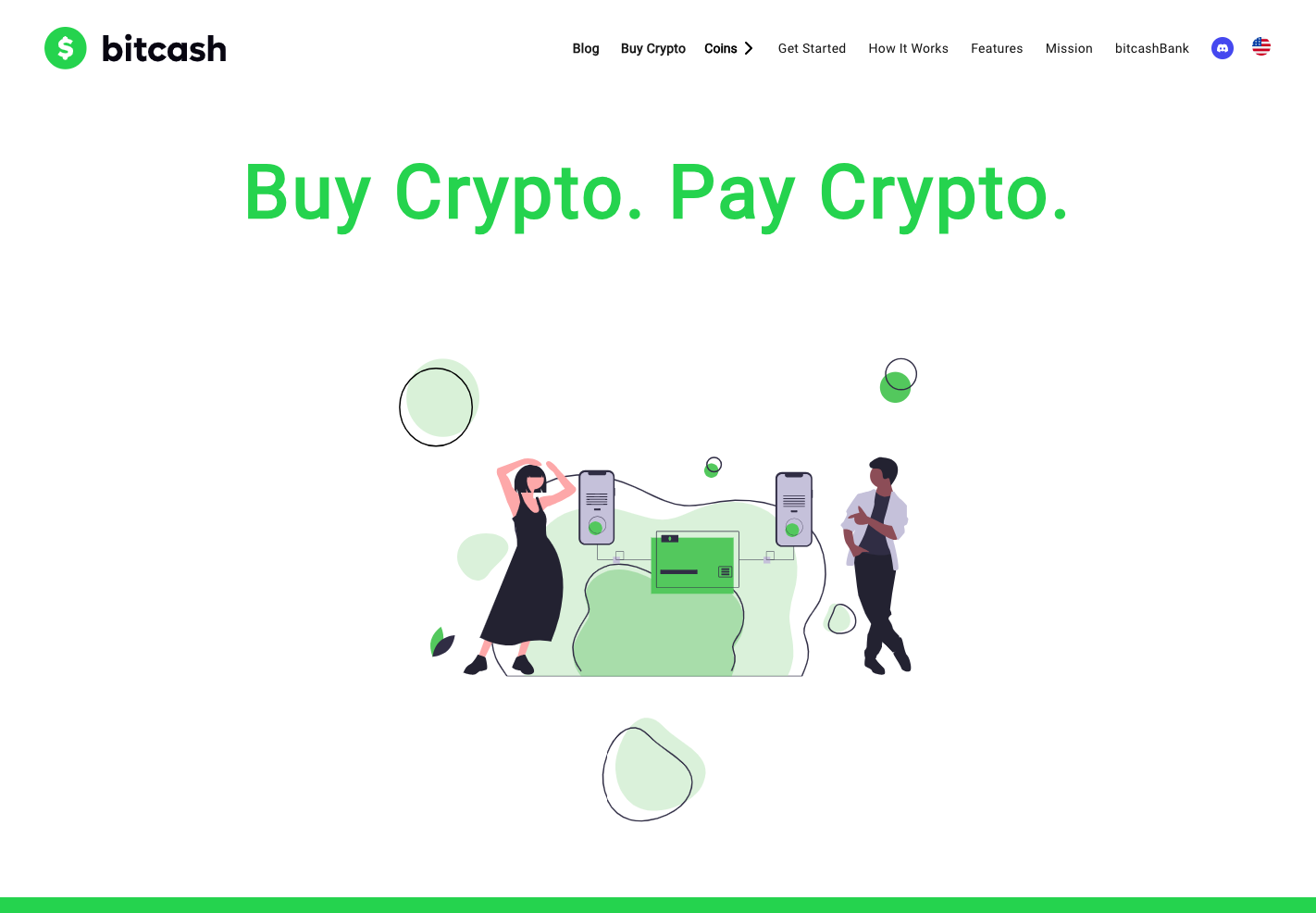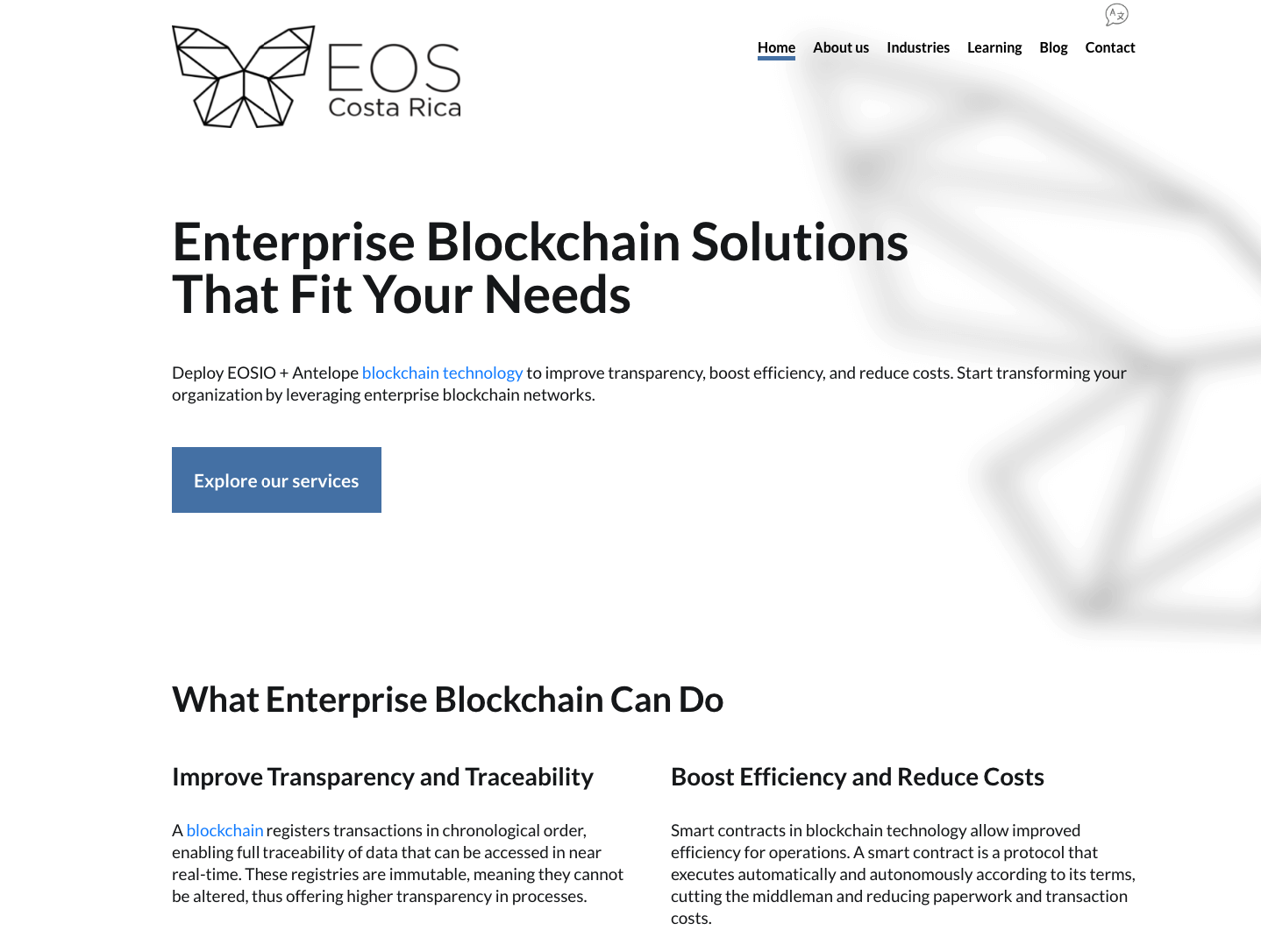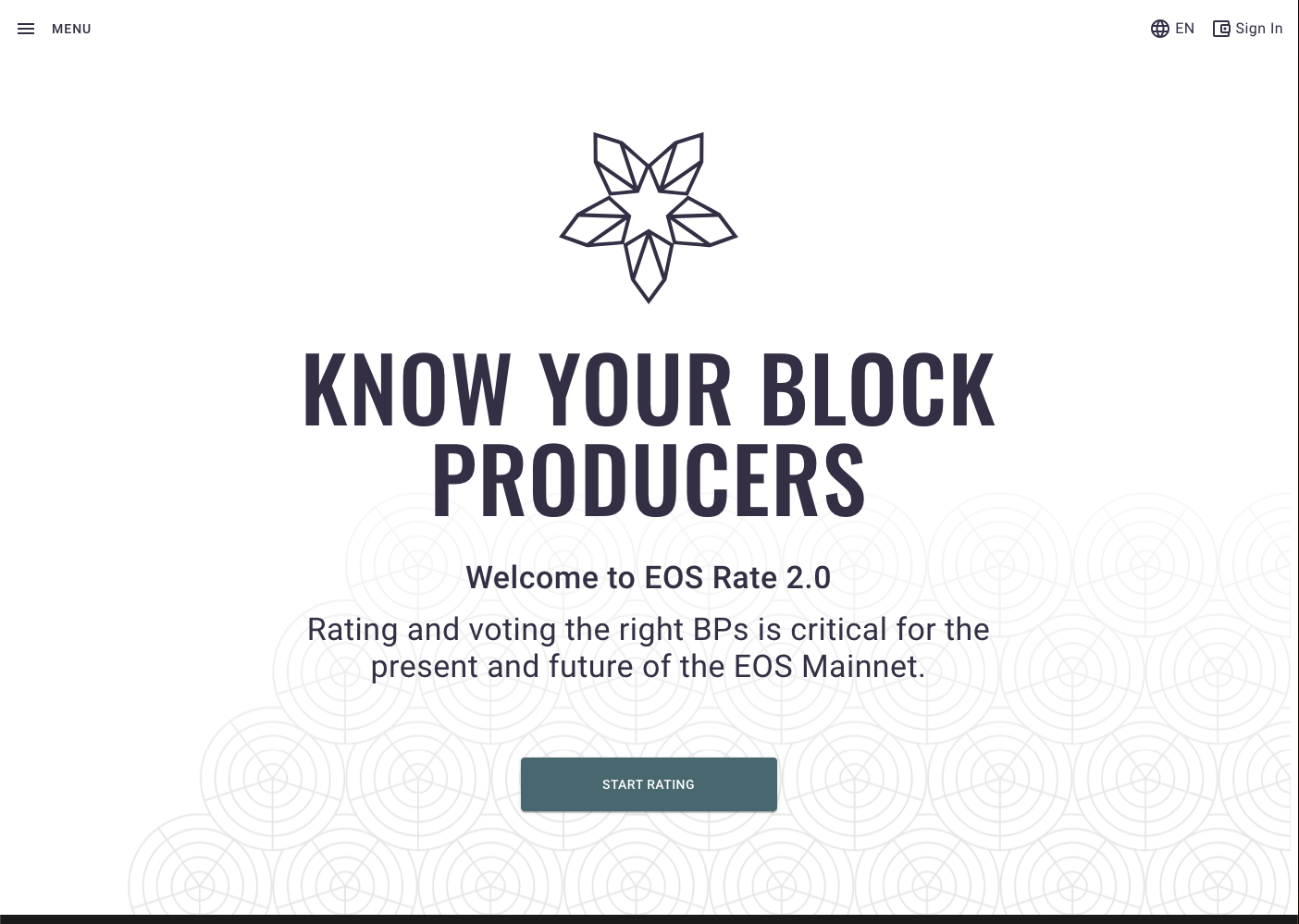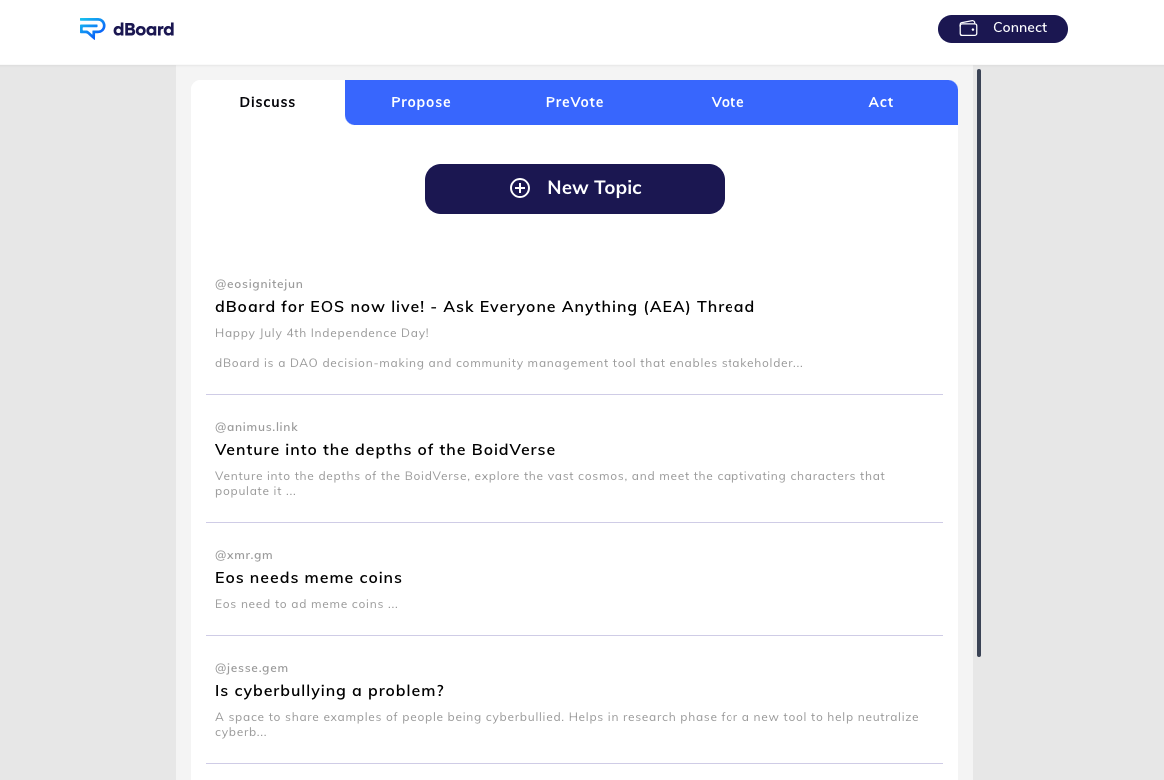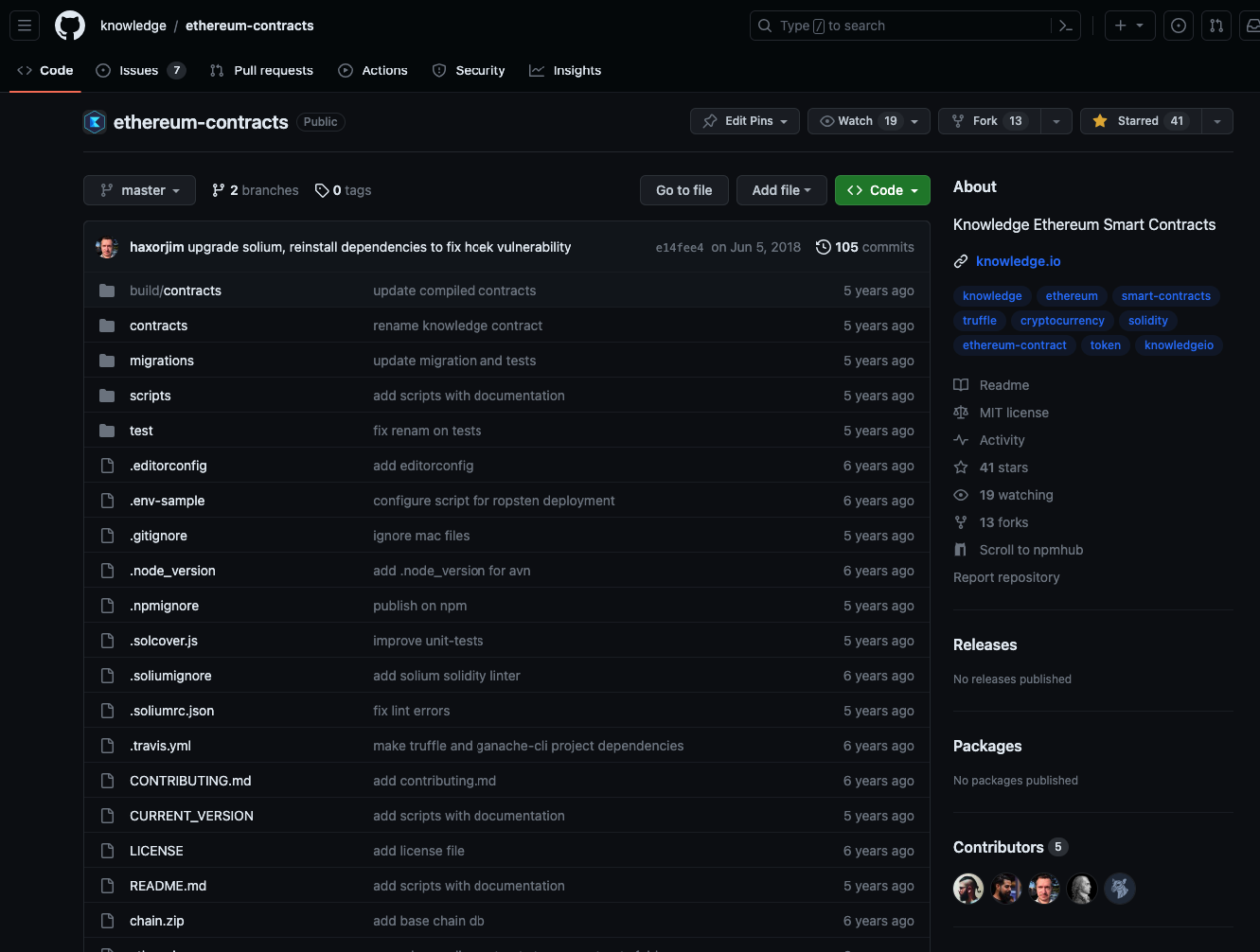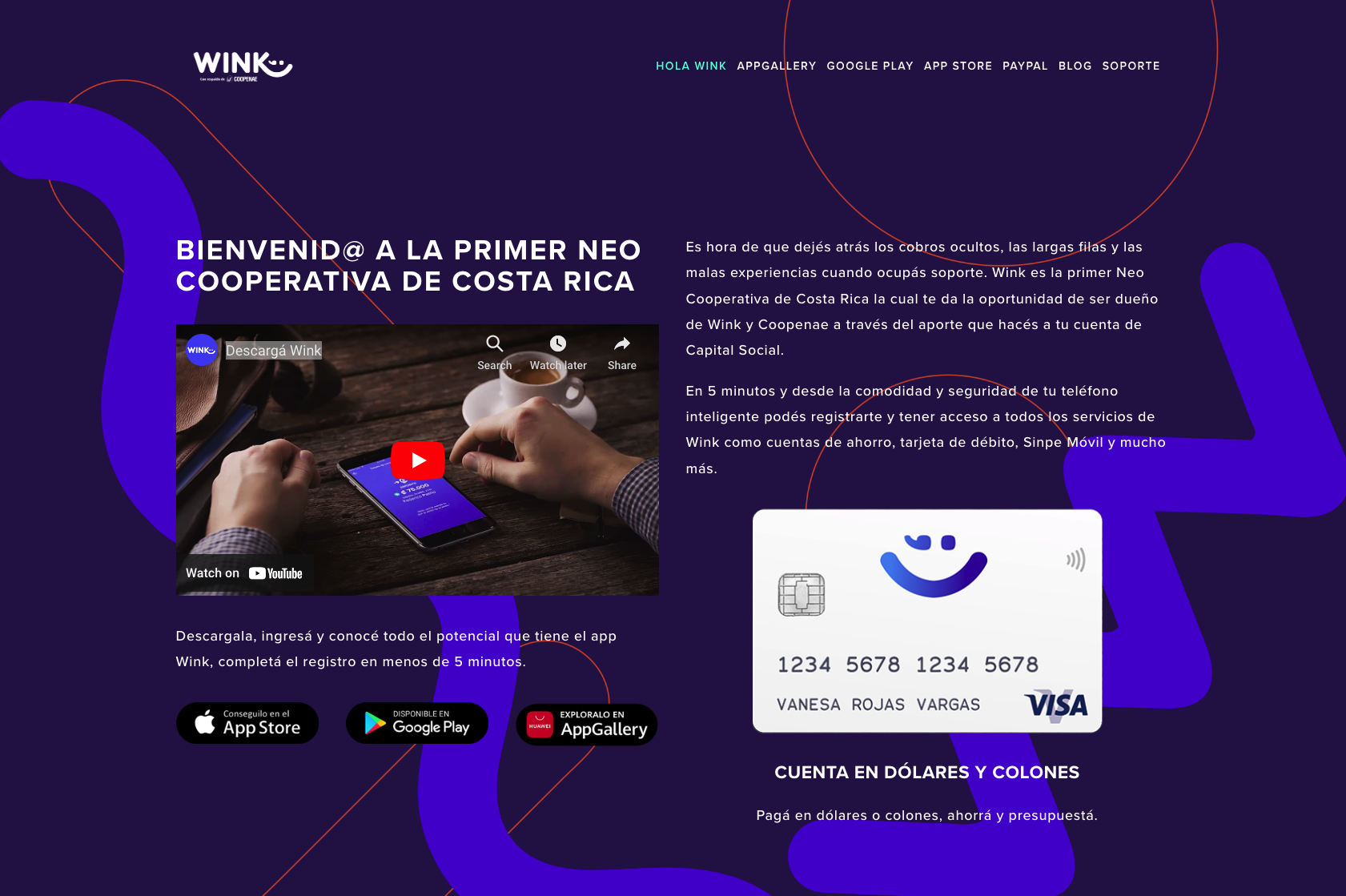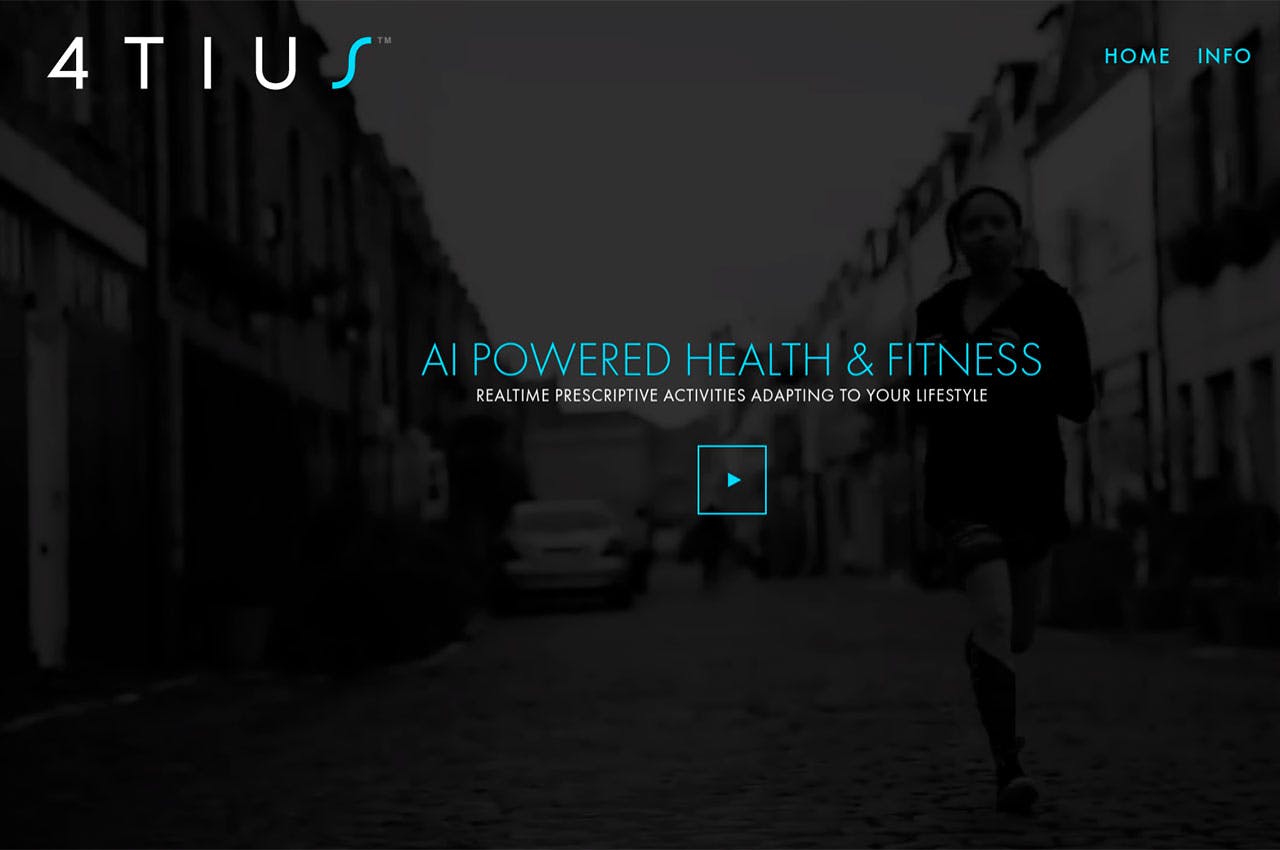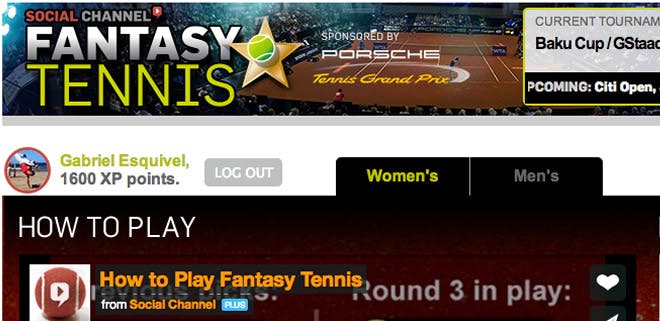Gabo Esquivel - Fullstack Development Experience
My journey as a fullstack engineer began with a realization that powerful software experiences require seamless integration across every layer. While many developers specialized in either frontend or backend technologies, I found myself drawn to the connections between them—the architecture that makes complete products possible. I still remember the first time I built an application end-to-end, watching data flow from database to interface without friction—it felt like completing a complex puzzle where every piece had to fit perfectly. Throughout my career, I've approached fullstack development as an integrated discipline where architecture decisions flow from user needs, rather than treating UI and infrastructure as separate concerns. This holistic perspective reflects my belief that technology should deliver cohesive solutions to real human problems, not just isolated technical achievements.
Early Career & Community Building
I began my tech journey at CenfoTec University in 2006, discovering a passion for software development. By 2008, I was building custom WordPress solutions at InterGraphicDESIGNS, gaining foundational experience. At American Express (2009-2012), I worked with PHP and Java to modernize credit card interfaces while learning how large-scale financial systems operate. When Node.js emerged, it transformed my approach to development—finally enabling true end-to-end JavaScript and sparking my vision of unified development.
This passion led me to found Costa Rica JS in 2010, which grew to over 2,000 members and became Central America's largest JavaScript community. Through this platform, I promoted Node.js as a unifying technology that could bridge traditionally separate frontend and backend roles, laying the groundwork for my fullstack approach.
At AMC Networks (2012-2014), I built an interactive streaming service that combined real-time features with media content delivery. This experience taught me how to handle complex user interactions and real-time data updates. Through NodeSchool workshops during this period, I trained developers while building valuable industry connections that would later open doors to exciting opportunities.
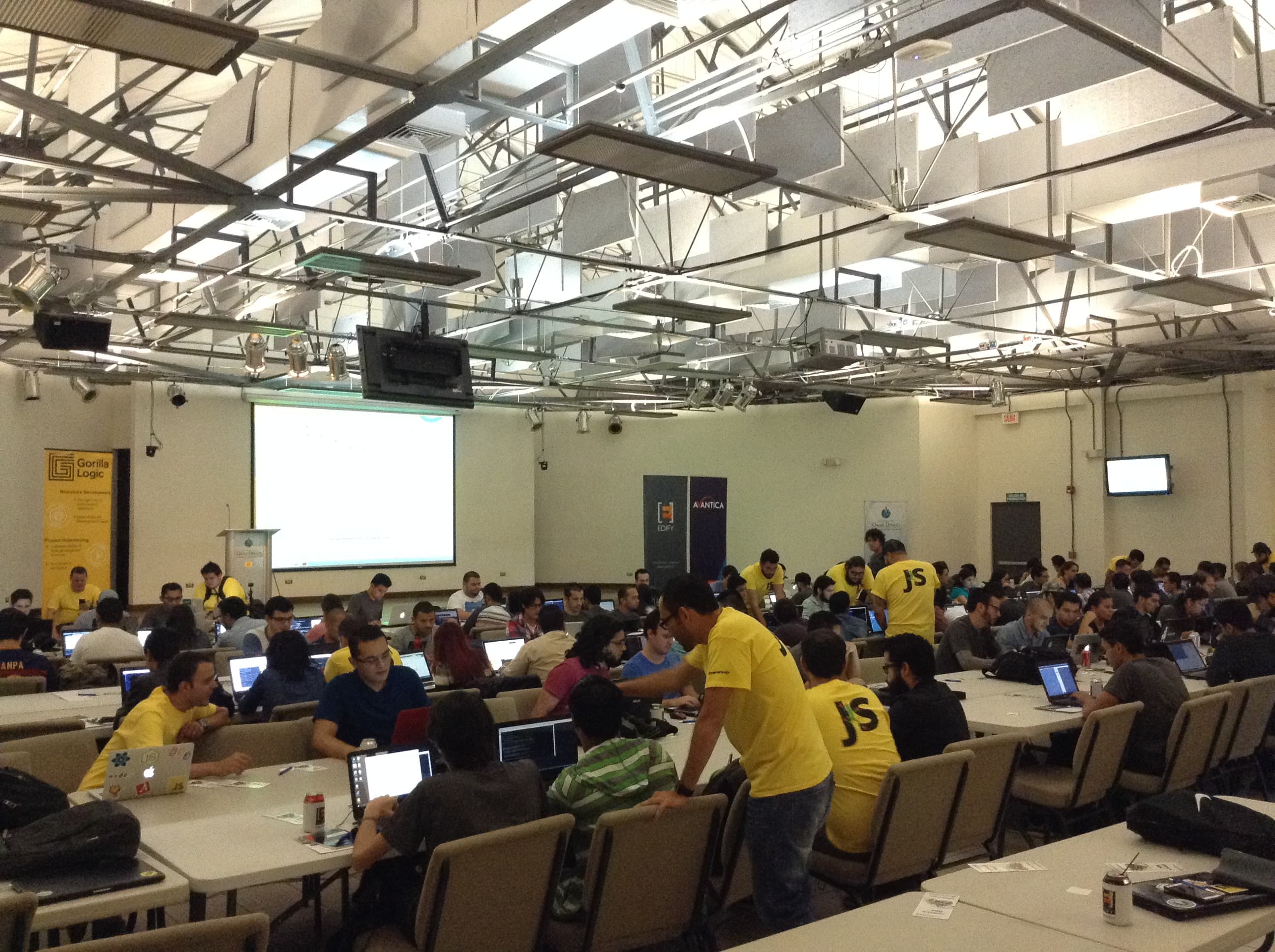
Diverse Project Experience
My community leadership opened doors to diverse projects that expanded my technical repertoire. I created ARINC Microfids (2012), a mission-critical flight information display system that taught me about building systems requiring 24/7 reliability. For Fantasy Tennis (2013), I developed tournament management features with real-time scoring, which helped me understand how to present complex data in user-friendly formats.
My journey continued with Elder Scrolls Online (2014-2015), where I developed community features that connected gamers worldwide. At Bureau of Trade (2015), I built an e-commerce marketplace that integrated with eBay. These varied experiences were transformative, teaching me to approach software architecture holistically rather than optimizing isolated components—a philosophy that would become central to my development approach.
Digital Banking & Financial Platforms
After my American Express experience, I took on a new challenge at Wink (2015-2016), Costa Rica's first mobile neobank. As Lead Software Architect, I designed and implemented the entire platform from scratch. This was a pivotal moment in my career—I wasn't just building features, but creating an entire financial ecosystem that would serve thousands of users in my home country.
Working within a regulated environment required me to master secure data handling, real-time transaction processing, and biometric authentication while maintaining compliance with banking regulations. This experience transformed my understanding of software development—I learned to build entire financial infrastructures rather than isolated applications. The philosophy of creating cohesive, end-to-end solutions where user experience and system architecture develop in harmony became fundamental to my approach, serving me well in both traditional and decentralized finance.
Creating Consumer Experiences
Seeking to diversify my experience, I turned to the restaurant sector with Eat Arcade (2016-2017), creating a recommendation service for New York restaurants. This project allowed me to experiment with integrating various services into a cohesive whole—connecting Twilio for SMS, Stripe for payments, and Google Maps for location. The matching algorithm I developed to pair diners with restaurants based on preferences was particularly rewarding, reinforcing my belief in technology's ability to enhance everyday experiences through thoughtful integration.
Exploring Web3 Possibilities
In 2017, I ventured into Web3 development at Knowledge.io. This represented a significant turning point in my career as I explored how blockchain could transform knowledge systems. I built an entire ecosystem that included smart contracts for ERC20 tokens and a knowledge graph visualization system. Looking back, this was more than just technical implementation—it was my first deep exploration of token economics and how decentralized systems could create novel incentive models for knowledge sharing and validation.
Implementing Enterprise Solutions
From 2018 to 2020, I expanded my blockchain journey at EOS Costa Rica, where I had the opportunity to work on both public and enterprise blockchain solutions. One of my most fulfilling community contributions was developing EOS Rate (2018-2019), a governance tool with a unique radial graph interface that visualized multidimensional voting data. Creating this tool gave me firsthand experience with blockchain governance and the challenges of balancing transparency with performance in decentralized systems.
A career highlight during this period was designing a private blockchain solution for Grant Thornton, one of the Big Four accounting firms. This enterprise-grade system used EOSIO technology with immutable audit trails and represented a significant professional achievement—applying blockchain to solve real business challenges in tax management and intercompany transactions. The experience of building this system and deploying it with Azure and Terraform expanded my infrastructure expertise beyond traditional databases to include cloud-native architectures, preparing me for future work with AWS serverless and Google Cloud for AI applications.
Advancing Data Infrastructure
By 2019-2020, I had recognized data infrastructure as a critical bottleneck in blockchain adoption and decided to focus on this challenge. This led me to create ChainGraph (2020), a specialized data toolkit that became a personal passion project. Building this real-time GraphQL system for blockchain data marked an important technical transition in my career—moving from MongoDB to PostgreSQL for data-intensive applications, a foundation that would later prove valuable when working with vector extensions for AI.
During the same period, at BitcashBank (2020), I worked on bridging traditional finance with cryptocurrency—a challenge that allowed me to apply both my banking experience from Wink and my blockchain knowledge. Creating a platform that made cryptocurrency accessible to regular users through local currency stablecoins was especially satisfying. This project taught me how financial inclusion could be advanced through thoughtful design that combined secure transaction processing with intuitive interfaces for cryptocurrency newcomers.
Innovating in Digital Assets
The 2020-2022 period saw me exploring the then-emerging world of digital collectibles. At RareMint (2021), I helped build an NFT marketplace that bridged physical sports memorabilia with digital ownership. This project was particularly interesting as it required creating interfaces that worked for both crypto-savvy users and traditional collectors who were new to digital assets. The challenge of making complex blockchain technology accessible and implementing authentication flows that connected physical items to digital tokens expanded my understanding of how blockchain could transform established industries.
My journey continued with ZTX (2022), where I helped create the foundation for a gaming metaverse platform. This project allowed me to combine my technical skills with my interest in virtual worlds, implementing wallet connectivity and NFT minting workflows that enabled players and creators to interact with digital assets of real economic value. Designing these systems reinforced my belief in the importance of rigorous TypeScript practices and type safety when building platforms where code directly impacts users' digital property.
DeFi & Options Trading
After my work with collectibles, I turned my attention to decentralized finance. At BitLauncher (2022-2023), I developed a platform that united two of my passions: blockchain and AI. Creating a specialized system for token auctions that helped AI startups raise capital was particularly meaningful, allowing me to contribute to the growth of innovative projects. The technical challenges of building cross-chain bridges and implementing batch auction contracts with real-time analytics pushed my skills to new levels, requiring deep knowledge of both blockchain protocols and data visualization techniques.
Working with Opyn (2023) represented my deepest dive into decentralized finance. Developing their options trading platform on Arbitrum challenged me to apply my fullstack skills to sophisticated financial instruments. Creating interfaces that served both professional traders and casual DeFi users required balancing technical complexity with accessibility—a challenge that pushed me to grow as both a developer and a designer. This experience deepened my understanding of financial primitives and on-chain protocols, knowledge that continues to influence how I approach complex systems.
Embracing AI Technologies
By 2023-2024, I had become fascinated with AI's potential to transform software experiences. At Masterbots.ai (2023), I created a platform for specialized AI assistants that drew on my accumulated experience with databases and cloud systems. This project represented an exciting evolution in my career as I combined my technical knowledge with emerging AI capabilities. Working with vector databases and large language models opened new creative possibilities, allowing me to build systems that could understand and respond to human language in increasingly sophisticated ways.
Most recently, my journey led me to LegalAgent (2024), where I built an AI assistant that combines voice and chat interfaces to help lawyers navigate complex case information. This project has been particularly meaningful as it applies technology to improve professional workflows in the legal field. Creating a system that could securely handle sensitive documents while providing natural language understanding required bringing together everything I've learned about mobile development, cloud systems, and AI. Seeing how this assistant helps lawyers access information more efficiently has reinforced my belief in technology's power to enhance human capabilities rather than replace them.
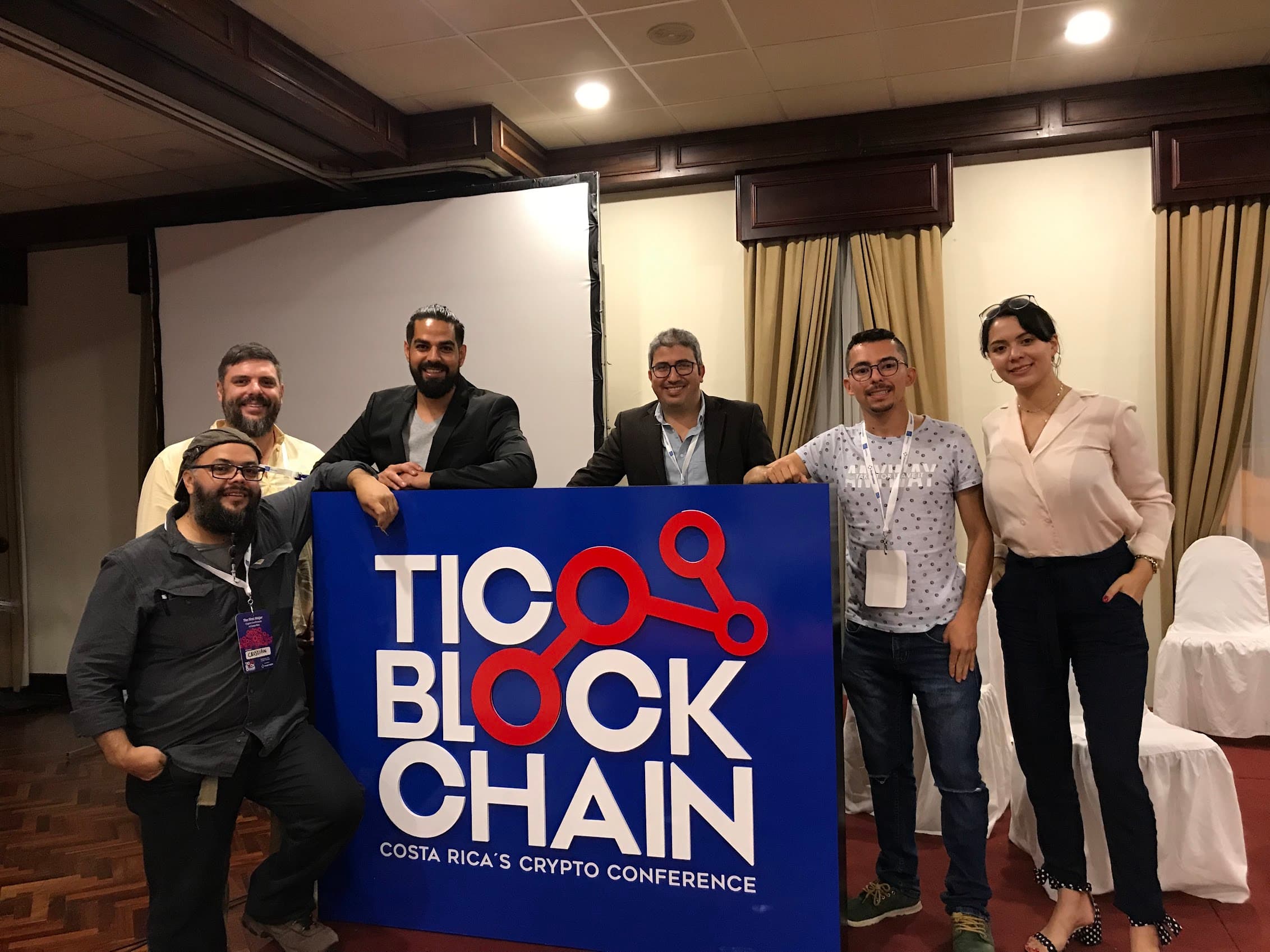
Fullstack Projects
Let's Work Together
I typically work through remote 1099 contracts via my US-based company, Blockmatic Labs LLC. This setup gives clients straightforward contracts, built-in compliance, and IP protection. Based in Costa Rica, I operate on US Mountain Time and am just a short flight from major US cities.
If you’re exploring something ambitious—a decentralized system, an AI-powered product, or an idea that needs a strong technical foundation—I’d be happy to hear from you.



